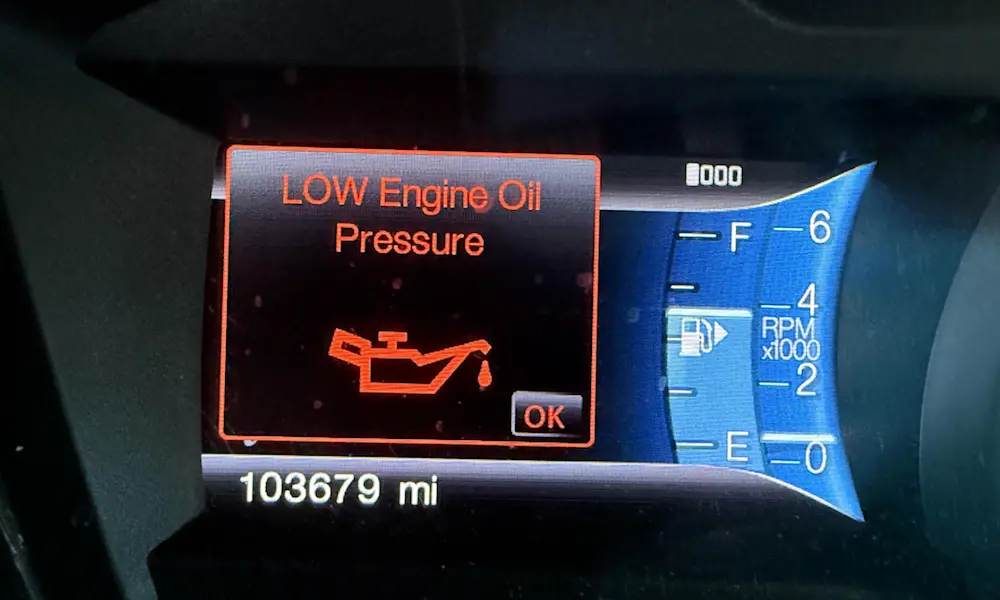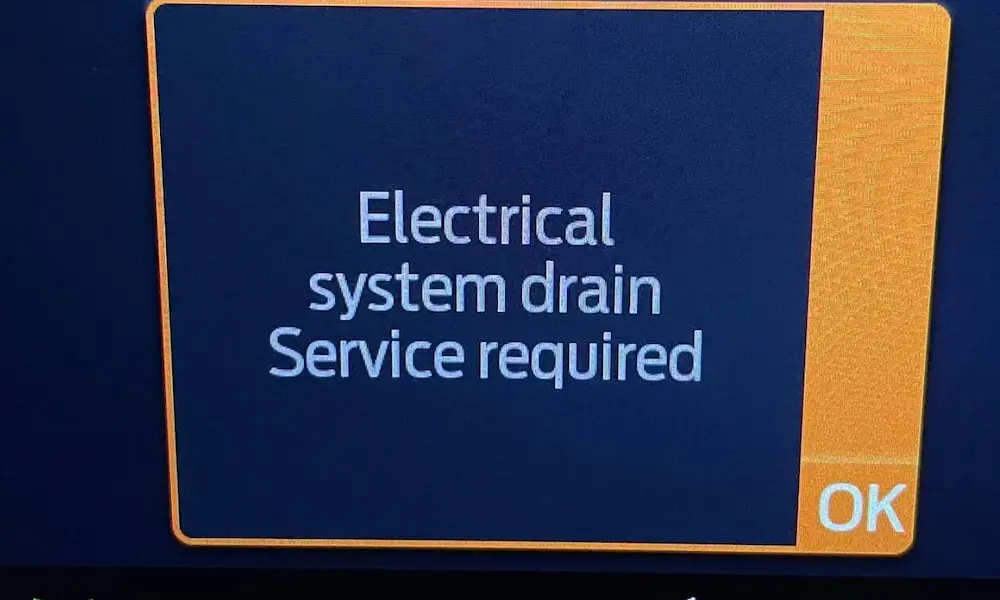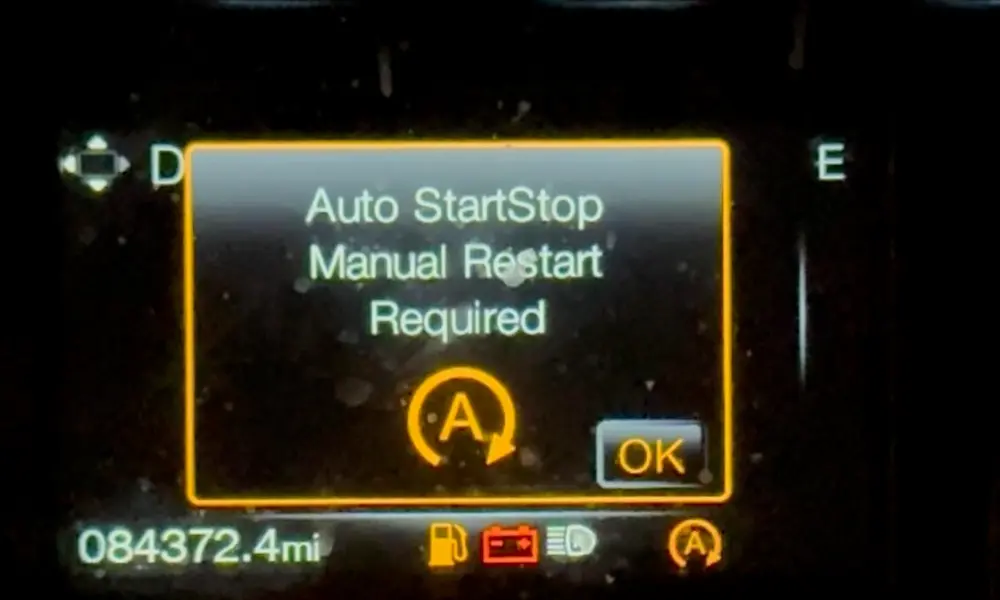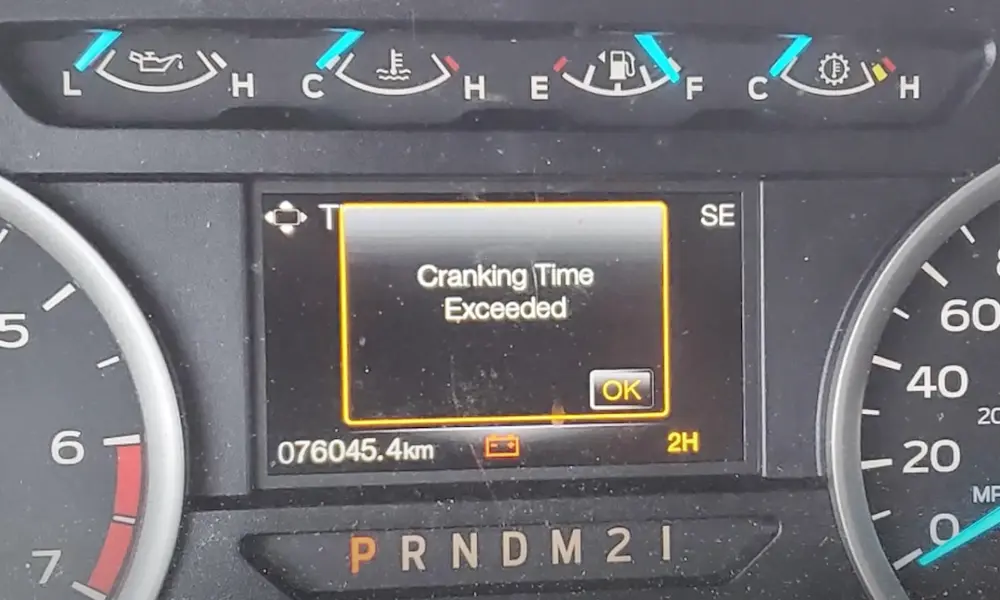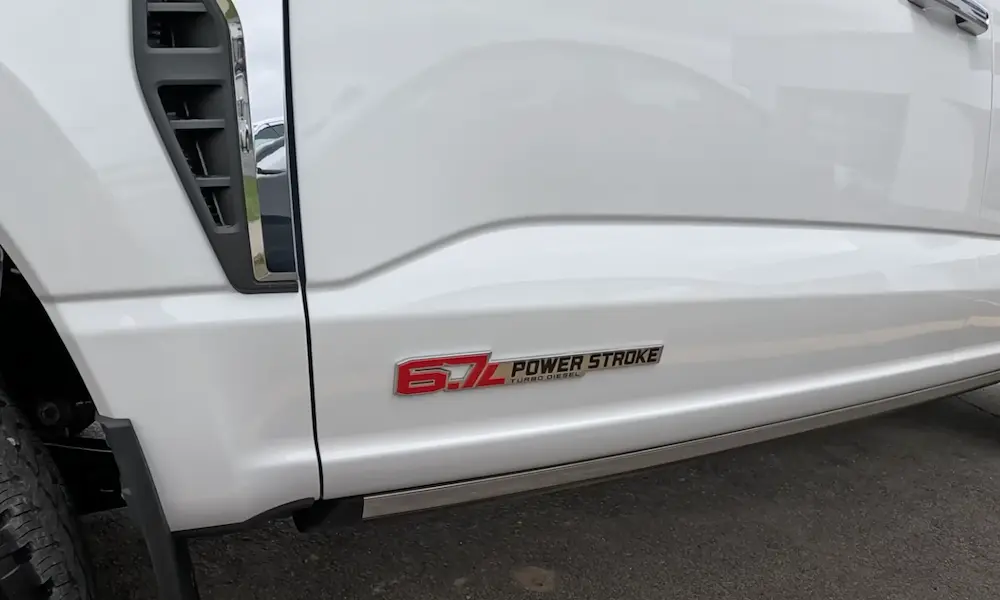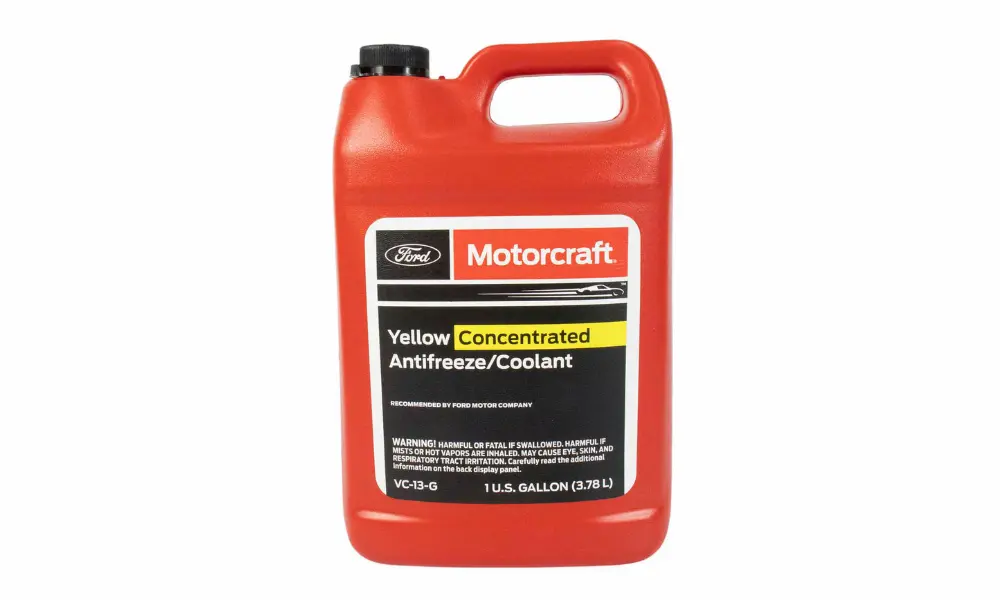Experiencing transmission troubles with your Ford Explorer can be a real headache. Understanding these common Ford Explorer transmission problems could help you pinpoint the issue before it becomes more serious. Whether it’s slipping gears, strange noises, or costly repairs, you’re not alone. Stick around as we dive deeper into each issue, providing insights and solutions that could save you time and money.
Understanding Transmission Problems in the Ford Explorer
When dealing with transmission problems in the Ford Explorer, it’s important to understand how the transmission works and what common issues may arise. Transmission failure can lead to costly repairs and significant inconveniences, so being informed is key.
The Basics of Transmission Functionality
The transmission in your Ford Explorer acts as a bridge between the engine and the wheels, converting power into motion. Whether your vehicle has a manual or an automatic transmission, it relies on a set of gears to adjust speed and torque. Regular maintenance is crucial, as healthy transmission fluid lubricates the gear systems, preventing wear and overheating.
If shifting feels rough or the vehicle hesitates, it could mean transmission issues like slipping or harsh shifting. Recognizing early warning signs helps you address potential problems before they lead to transmission failure.
Common Causes of Transmission Problems
Several factors can cause transmission problems in your Ford Explorer. Low or dirty transmission fluid is a frequent culprit; this can result in insufficient lubrication and overheating. In some cases, worn-out gears or high operating temperatures may lead to transmission slipping or poor gear engagement.
External leaks from transmission seals can also be a concern. It’s wise to regularly check for any signs of a leak. If you experience delayed gear engagement or strange noises, these could signal underlying issues. Regular inspections and addressing problems early can help prolong the lifespan of your transmission.
Historical Transmission Issues by Model Year
Ford Explorers, especially the models from 2003 and 2004, have faced significant transmission issues. These problems often lead to costly repairs and can affect your driving experience. Learn more about model-specific issues and how these problems have impacted the Ford Explorer over time.
Problems Specific to 2003 Ford Explorer
If you own or are considering buying a 2003 Ford Explorer, be aware of its well-documented transmission problems. Many owners report that the gearbox often slips or fails. This model year has been notorious for transmission complaints with over 3,000 issues reported. The problems are troubling enough that they have featured prominently in discussions about potential lemon law cases.
Transmission failures can make driving unsafe. You might experience harsh shifting or sudden lurching, which can be surprising and dangerous on the road. These issues might arise early and could require expensive repairs or replacements, leaving many drivers frustrated with their vehicles.
Problems Specific to 2004 Ford Explorer
The 2004 Ford Explorer has its share of transmission troubles too. Owners report similar issues with shifting and slipping, which affects vehicle reliability. Many of these problems appear when the vehicle reaches a certain age or mileage, often around the 50,000-mile mark. Such issues can lead to significant repair bills, affecting your ownership experience.
Consistent complaints have made potential buyers cautious, with some even considering lemon law options. Transmission repair costs can be high, and repeated trips to the mechanic can make owning this model year a challenge.
Trends in Transmission Issues Over the Years
Over the years, the Ford Explorer has experienced a range of transmission issues that extend beyond the 2003 and 2004 models. However, these years are particularly affected due to the volume of problems recorded. The 2002 and 2006 models also experienced significant problems, attracting numerous complaints from frustrated owners.
Such repeated transmission issues have made some models less attractive to buyers. As a potential owner, you might want to focus on more reliable years or ensure a thorough check by a trusted mechanic before purchase. Over time, transmission concerns have shaped how certain Ford Explorer model years are perceived in the market.
Diagnosing Ford Explorer Transmission Problems
Diagnosing transmission problems in the Ford Explorer involves checking the transmission control module, inspecting for physical issues like fluid leaks, and conducting a test drive to identify how the vehicle shifts. These steps help find the root causes of issues like transmission slipping, unusual noises, or rough shifts.
Using the Transmission Control Module for Diagnostics
The Transmission Control Module (TCM) is a key part of the diagnostic process. It monitors transmission functions and often triggers the warning light when something is amiss. You might hear unusual noises or experience transmission slipping when the TCM detects an error.
Using a diagnostic scanner, you can read the error codes provided by the TCM. These codes point to specific problems, making it easier to understand what’s wrong. If you’re not comfortable doing this yourself, a certified mechanic can help.
Ensuring your TCM is updated with the latest firmware from Ford can prevent some issues. Regular software checks are crucial to maintaining optimal transmission performance.
Physical Inspection: Fluid Leaks and Wear
Checking for fluid leaks is a simple yet vital part of diagnosing transmission problems. Low fluid levels often lead to rough shifts, so it’s wise to inspect for any leaks under the vehicle or around the transmission pan. If the fluid is lower than usual, it might be due to a leak in places like the gaskets or seals.
Inspect the transmission fluid for color and smell. Old or burnt fluid can cause issues, leading to more significant problems if not addressed. Make sure the fluid levels are adequate and that the fluid is clean.
Also, look for wear or damage in other parts like the solenoid or clutch. Identifying these problems early can save a lot of time and money.
Test Drive: Identifying Shift Quality
A test drive is an excellent way to identify transmission issues. Pay attention to how the car shifts between gears. Transmission slipping or rough shifts can be a sign of underlying issues.
During a test drive, listen for unusual noises coming from the transmission area. A clunking sound while shifting could indicate a mechanical issue. Note any delay in response when you accelerate or decelerate.
A smooth, noise-free shift pattern is what you’re looking for. Any deviation from this could require further inspection or a professional diagnostic check. Taking action early reduces the risk of more severe transmission failures.
Symptom-Specific Issues and Solutions
When you drive a Ford Explorer, transmission problems can affect your experience on the road. Hard or delayed shifts, erratic shifting, and failures with the torque converter clutch and solenoid can cause trouble, but there are ways to address these issues.
Dealing with Hard or Delayed Shifts
Hard or delayed shifts may cause a jolt or lag when you try to change gears. This can be caused by problems with the transmission fluid or the throttle position sensor.
First, check the transmission fluid level and quality. Low fluid or old fluid can lead to hard shifts. If the fluid looks dirty or smells burnt, consider a fluid change.
A faulty throttle position sensor can also send incorrect data to the transmission, causing delays. Testing and replacing this sensor might solve the problem. A transmission reflash, which updates the vehicle’s computer software, can also help because it adjusts the shifting patterns. Checking and inspecting these parts can make driving smoother.
Solving the Mystery of Erratic Shifting
Erratic shifting can be unpredictable and stressful. You might notice the transmission shifts at random times without warning. A worn-out transmission valve body or a problem with the shift solenoids might be the cause.
A worn valve body can lead to unresponsive shifts, impacting throttle control. Cleaning or rebuilding the valve body can improve the situation.
Faulty solenoids might also send incorrect signals. Testing these using a scan tool and replacing any defective solenoids can restore normal shifting. Regular maintenance checks can preemptively address such issues, keeping your transmission running smoothly.
Torque Converter Clutch and Solenoid Failures
The torque converter clutch may fail if the car stalls or displays poor fuel efficiency. The clutch enables efficient power transfer in automatic transmissions, and failures can result from a defective solenoid or damaged seals.
Begin by inspecting the torque converter solenoid. A faulty one may lead to clutch performance problems and rough shift issues. Replacing the solenoid often resolves the hesitation.
Damaged seals within the torque converter can also cause failures. Checking and replacing these seals can safeguard against future issues. Addressing these problems can enhance fuel efficiency and vehicle performance.
Repairing vs. Replacing the Transmission
When your Ford Explorer’s transmission runs into trouble, you might wonder whether to repair or replace it. Each option has different costs and benefits, and deciding on the right approach depends on the extent of the damage and your budget.
Cost Comparison: Repair vs. Replacement
Repairing a transmission often involves fixing specific parts that are worn or damaged. If you choose to repair, expect to spend between $300 and $1,500, depending on the parts needed. This makes it a more affordable choice if the problem is not widespread.
On the other hand, replacing a transmission is a significant expense. It could cost from $1,400 to $3,500 if you opt for a rebuilt transmission. A new transmission can cost even more, depending on your vehicle’s model and the complexity of the replacement. Balancing the cost of replacement against the potential savings from long-term reliability is key. Sometimes investing in a replacement might save you money down the line by preventing further issues.
Determining the Extent of Damage
Before making a decision, assess the damage to your transmission. Minor issues like worn-out gears or seals can often be addressed with repairs. However, if there’s extensive wear and tear or if your Ford Explorer has a history of transmission issues, replacement might be the best option.
Signs of serious damage include slipping gears, harsh shifting, or a complete failure. A transmission with a significant history of problems might indicate it’s time to consider replacing the transmission. Consulting with a trusted mechanic can provide insight into the severity of damage and help guide your decision, ensuring safer and more reliable vehicle performance.
Technical Service Bulletins and Warranty Information
When facing transmission problems with your Ford Explorer, understanding how Technical Service Bulletins (TSBs) and warranty coverage can help is crucial. These resources provide practical solutions and protect you from unexpected repair costs.
Understanding Technical Service Bulletins
Technical Service Bulletins (TSBs) are essential resources for addressing common vehicle issues. They are issued by manufacturers to provide guidance on fixing recurring problems. For example, if you have a Ford Explorer with a 10R60 automatic transmission, there might be a relevant TSB for gear downshift problems.
TSBs typically include detailed instructions, making it easier for a mechanic to rectify the problem. They also specify which vehicles or models are affected, so you’ll know if yours is included. You can access TSBs through the Ford Support Technical Service Information page by entering your Vehicle Identification Number (VIN) or vehicle details.
Navigating Warranty Coverage for Transmission Issues
Warranty coverage for your Ford Explorer is vital if facing transmission problems. Typically, the warranty outlines what transmission repairs or replacements are covered. It’s important to understand the terms, such as coverage duration and specific parts included.
For transmission issues, dealers might check whether your vehicle’s problems align with those addressed in existing TSBs. If they do, repairs might be covered under warranty without additional charges. Always have your warranty documentation on hand when discussing repairs with a dealership. It ensures you get the most accurate information on what costs you might incur, securing peace of mind.



